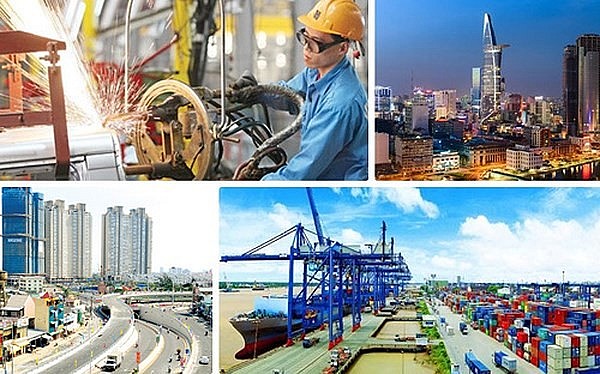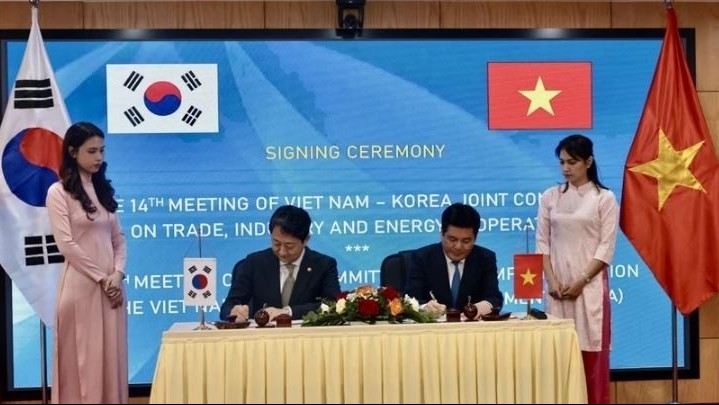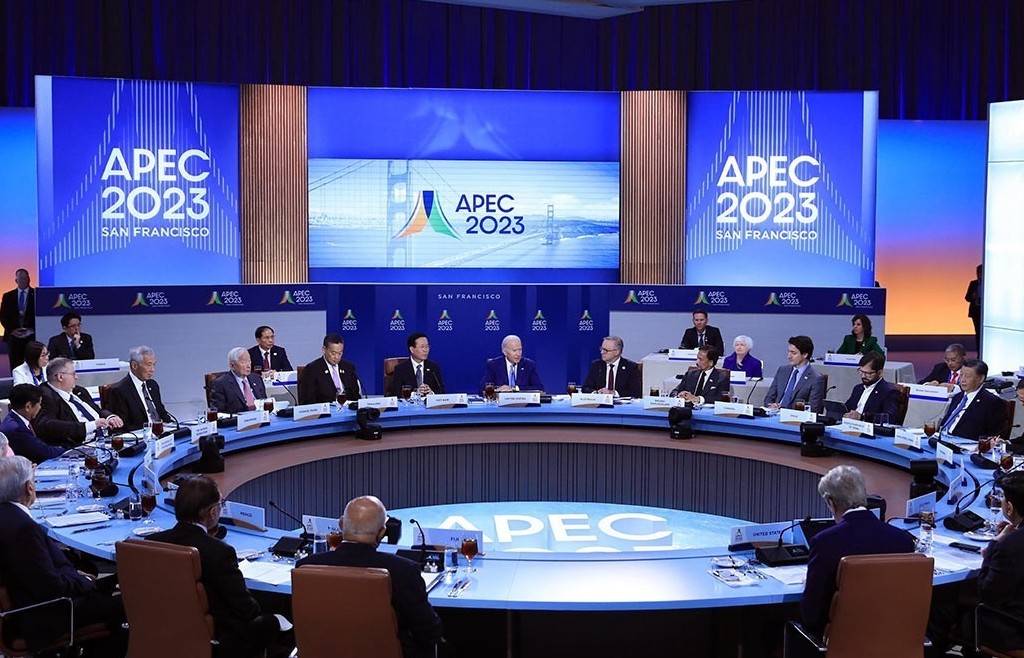 |
The WB stated that, the average trade weighted tariff imposed by Viet Nam declines from 0.8 percent to 0.2 percent while the tariffs faced by the country are reduced from 0.6 percent to 0.1 percent between 2000 and 2035.
In the most optimistic scenario, where all benefits are applied, Viet Nam has the highest gains of all RCEP member countries. Viet Nam's income levels increase by 4.9 percent relative to the baseline, higher than other countries, where the income level increases by 2.5 percent.
Trade also increases the most in this scenario, with exports expanding by 11.4 percent and imports by 9.2 percent, relative to the baseline.
All RCEP member countries will see an increase in exports and imports. Viet Nam's exports expand by 11.4 percent and imports by 9.2 percent.
Sectors that recorded the highest growth were motorized vehicles manufacturing with 18.6 percent, followed by textiles and garments 16.2 percent and apparel 14.9 percent, mainly due to the reduction of non-tariff measures.
In the scenario where only the tariff reduction is implemented, the impact on Viet Nam's economy is negligible, with real income close to zero.
Trade also sees a small reduction relative to the baseline, with both exports and imports declining by 0.3 percent. It is attributed to the fact that Viet Nam enjoys relatively low tax rates thanks to other free trade agreements.
RCEP will help Viet Nam access consumer markets which is twice the size of the markets in the Comprehensive and Progressive Agreement for Trans-Pacific Partnership (CPTPP), as RCEP includes China, the Republic of Korea and Japan.
About 50 percent of the population in RCEP, or 1.1 billion people, contribute US$10 or more per day based on purchasing power. The agreement can help boost the middle class by 27 million people for all member countries by 2035, of which Viet Nam is expected to benefit the most when it has an additional 1.7 million people enter this class, according to the WB.
The WB report said that the simplification of procedures such as customs and rules of origin will help reduce bureaucracy, allowing more small and medium enterprises (SMEs) to participate.
These enterprises account for 98 percent of the total number of enterprises in Viet Nam, contributing 40 percent of GDP. Thus, RCEP offers a chance for Vietnamese SMEs to increase the value chain.
Viet Nam's economic growth will come from a deeper and more inclusive commitment through RCEP intra-regional trade, common rules of origin and greater openness to goods and services in accessing markets, especially the Chinese market, it said.
The RCEP was officially signed on November 15, 2020 between 10 ASEAN Member States and five countries including China, Japan, the Republic of Korea, Australia and New Zealand. The RCEP Agreement has entered into force since January 1, 2022.
It has become the largest free trade agreement in the world, covering nearly one third of the population and about 30 percent of the global gross domestic product.



















































